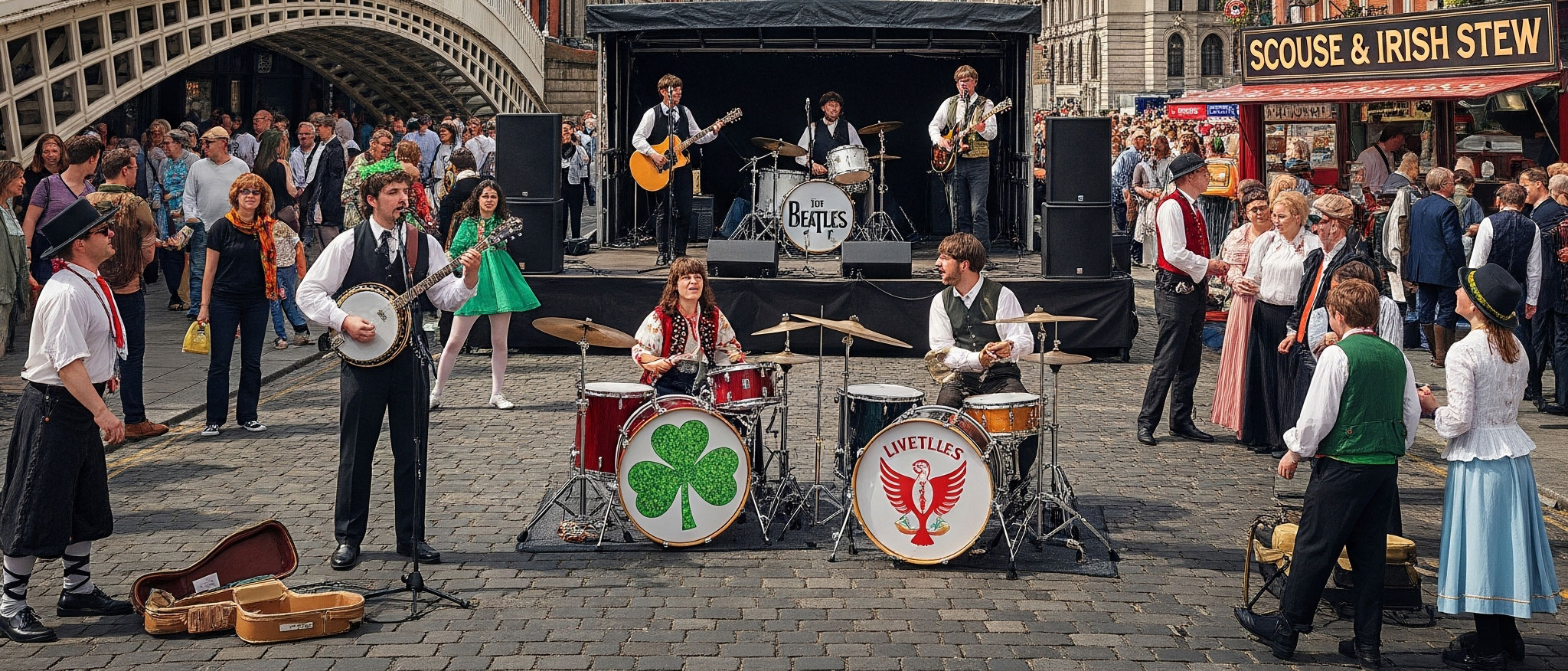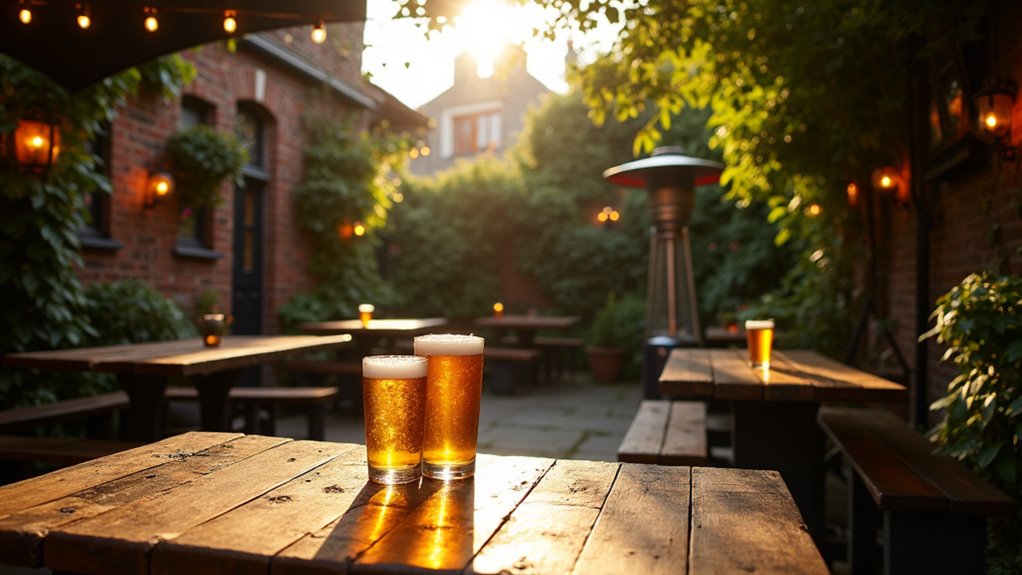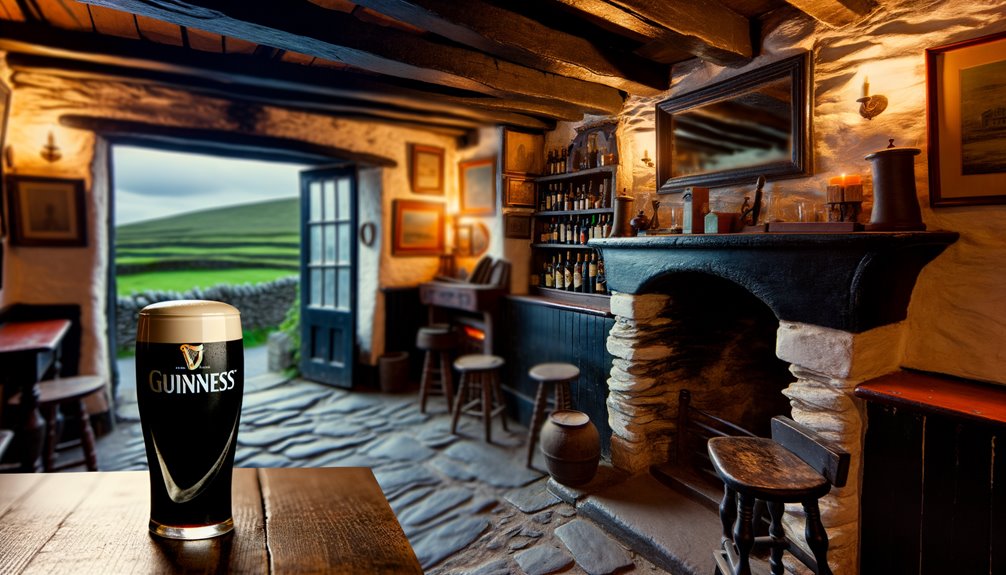Where exactly does Ireland hide its wildest corners—those windswept outposts where Atlantic storms sculpt the coastline and seals outnumber people? The answer lies somewhere off Galway’s coast, on an island called Inishbofin, where white sand beaches collide with Iron Age forts and fishermen’s cottages huddle against the wind like old men sharing secrets.
Most travelers arrive expecting postcard Ireland—all emerald fields and cozy pubs—but Inishbofin delivers something rawer. The Dún More Cliffs don’t apologize for their severity. Whales breach offshore without checking anyone’s Instagram schedule. Even the island’s name, meaning “Island of the White Cow,” feels like it’s mocking tourist expectations with its mundane mythology.
Inishbofin doesn’t apologize—whales breach on their schedule, cliffs remain severe, and tourist expectations get mocked by mundane mythology.
The Cloonamore Loop hiking trail doesn’t coddle visitors either. One moment walkers are admiring seal colonies lounging on rocky outcrops, the next they’re gripping their hats against gusts that could strip paint. The trail reveals the island’s split personality: devastatingly beautiful yet utterly indifferent to human comfort. This raw indifference echoes across Ireland’s most remote places, from the lunar karst of the Burren to Skellig Michael’s monastic perch.
Cyclists on the gentler Westquarter Loop might fare better, though “gentle” here still means negotiating sheep traffic and sudden downpours. From May through September, visitors might catch sight of basking sharks gliding through the waters—prehistoric giants that dwarf the fishing boats bobbing nearby.
Cultural pilgrims find their own surprises. Yes, Ted Hughes and Sylvia Plath once wandered these shores (presumably having marital spats with better scenery), but the real poetry happens in the local pub when the céilí band strikes up. These aren’t performances staged for tourists—they’re community rituals where visitors become accidental anthropologists, nursing pints while decoding the complex social choreography of island life.
The infrastructure exists—ferries run regularly, hotels offer beds, cafes serve coffee—but it all feels provisional, as if the Atlantic might reclaim everything tomorrow. Conservation efforts protect the corncrakes and marine habitats, though nature hardly seems to need the help here. The island represents part of Ireland’s 5,200-year narrative that attracts heritage tourists seeking authentic historical experiences beyond the typical attractions.
The island’s honesty lies in its refusal to be packaged or sanitized. Perhaps that’s why Inishbofin matters. In an age of curated experiences and five-star wilderness, this windblown rock offers something increasingly rare: an adventure that doesn’t care if you’re comfortable, only if you’re paying attention.









